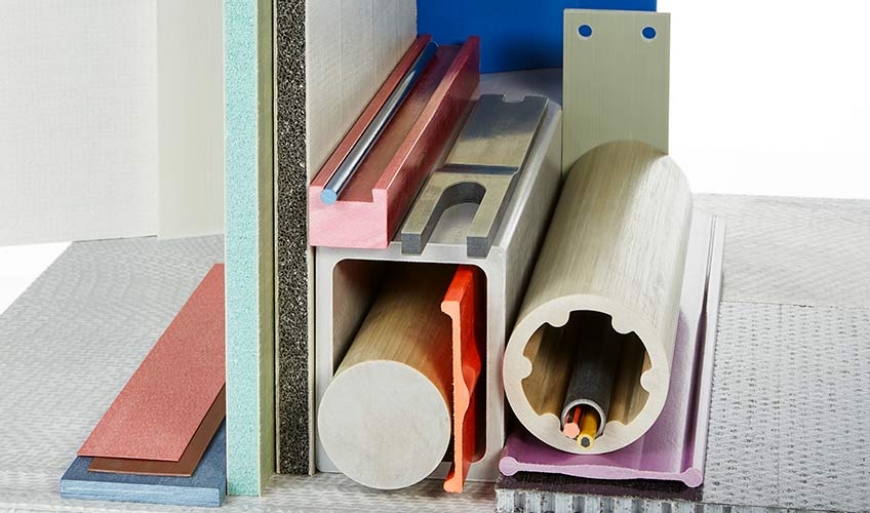The use of fiber-reinforced polymer (FRP) composites is becoming increasingly commonplace across a wide range of industries and applications. However, the combinations of materials that make up the composites themselves can be as varied as the end-uses. From engineered, man-made, or natural fiber reinforcements to thermoset or thermoplastic resins, there is a lot to consider when selecting a composite material.
Let’s take a closer look at the differences between the thermoset and thermoplastic polymers that play a critical role in determining the performance characteristics of the final composite product.
A thermoset is a cross-linked polymer that cannot be reshaped after it’s formed, cured, and cooled. Think of an egg that, once cooked, cannot return to its original state.
Common thermoset formulations include polyester, vinyl ester, epoxy and polyurethane (PU).
ADVANTAGES OF THERMOSETS
- 耐高温
- Creep resistance
- Low viscosity
- Paintability
- Long history in composite technology
- Excellent fatigue resistance
A thermoplastic is not cross-linked, so it can be re-melted and re-formed, much like an ice cube that can melt and re-freeze.
Thermoplastics used in making composites range from polypropylene (PP), nylon (PA) and polycarbonate (PC) to polyester, polyphenylene sulfide (PPS), and polyetheretherketone (PEEK).
ADVANTAGES OF THERMOPLASTICS
- Potential for recyclability
- Enhanced toughness
- 耐化学腐蚀性
- Noise and vibration damping
- Lower density
- Final shaping possible

全面了解复合材料,以便确定满足您需求的最佳解决方案
高级内容 下载

